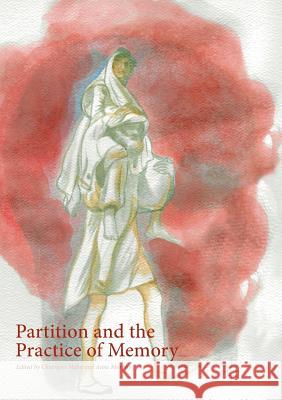Partition and the Practice of Memory » książka
topmenu
Partition and the Practice of Memory
ISBN-13: 9783319878089 / Angielski / Miękka / 2018 / 280 str.
Kategorie BISAC:
Wydawca:
Palgrave MacMillan
Język:
Angielski
ISBN-13:
9783319878089
Rok wydania:
2018
Wydanie:
Softcover Repri
Ilość stron:
280
Waga:
0.36 kg
Wymiary:
21.01 x 14.81 x 1.57
Oprawa:
Miękka
Wolumenów:
01
Dodatkowe informacje:
Wydanie ilustrowane











